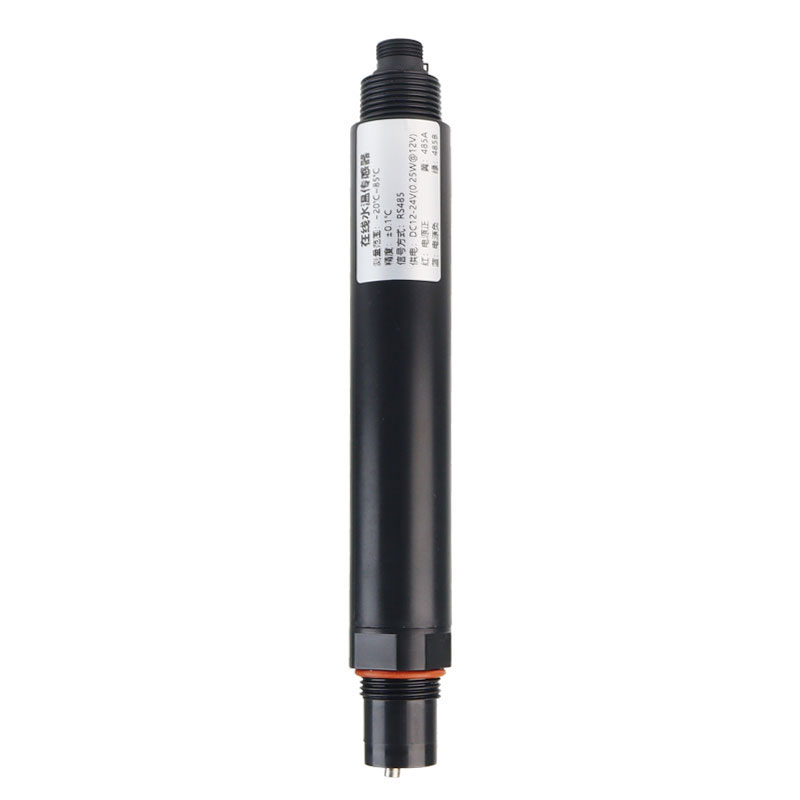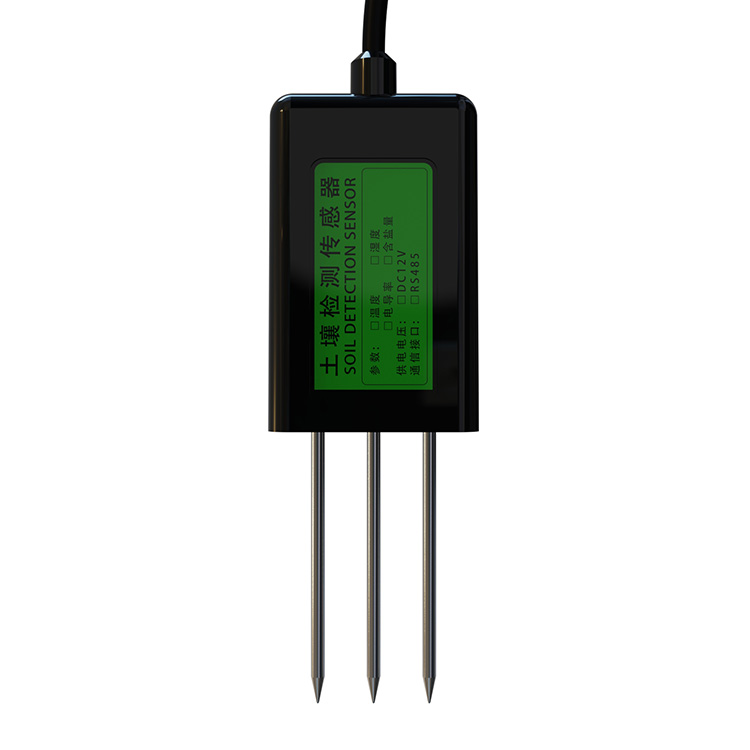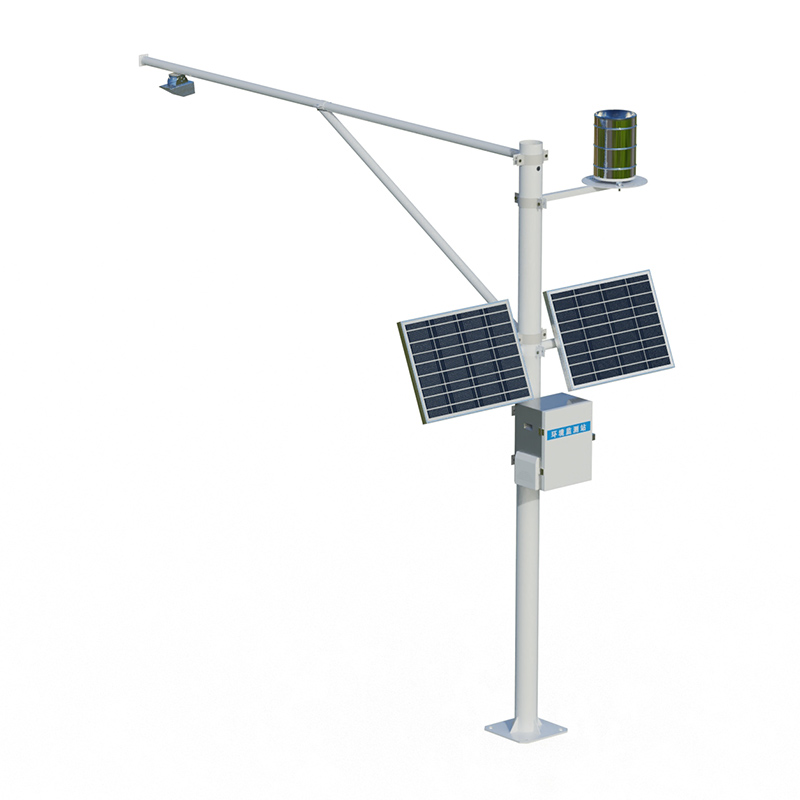Wheat stripe rust is a fungal disease that is one of the three main rusts (stripe, leaf and stalk) affecting wheat and is often referred to as the "jaundice" of wheat.
Wheat stripe rust mainly damages the leaves of wheat, but also affects the leaf sheaths and stalks. At first, the spots are small yellow streaks that follow the veins of the leaves and look like the lines of a sewing machine. As the disease progresses, these spots break up to reveal a rusty brown powder. Wheat leaf sheaths at maturity may have dark brown spots on them, dispersing a yellow powder. To distinguish stripe rust from other rusts, look at the arrangement of the spots: stripe rust has spots in rows, while other rusts do not have such a pattern.
This disease can spread with the wind and is characterised by rapid spread and wide impact. Under the right environmental conditions, the disease spreads extremely fast. In a typical year, it causes a 10 to 20 per cent drop in wheat yields; in particularly severe years, yield losses can exceed 60 per cent, sometimes to the point of no harvest at all.
The key to preventing wheat stripe rust is early detection and timely treatment. In terms of control measures, triazole fungicides including triadimefon, aliconazole, propiconazole, tebuconazole, and hasonazole can be used, as well as ethermectin, pyraclostrobin, and other methoxyacrylate fungicides. These agents can also be combined with efforts to control other diseases such as wheat blast and powdery mildew to implement a comprehensive control strategy. Specialised control treatments are also required for fields with severe disease incidence.
The wheat stripe rust monitor is an automated device used to predict and observe the occurrence of wheat stripe rust. It automatically collects weather information and spore samples from wheat fields, then automatically takes pictures and uploads the data. With this device, researchers can create a database to analyse how the disease changes with the weather. In this way, farmers can take timely measures based on the data to prevent the disease from spreading.

This paper addresses:https://fengtusz.com/industry/309.html









